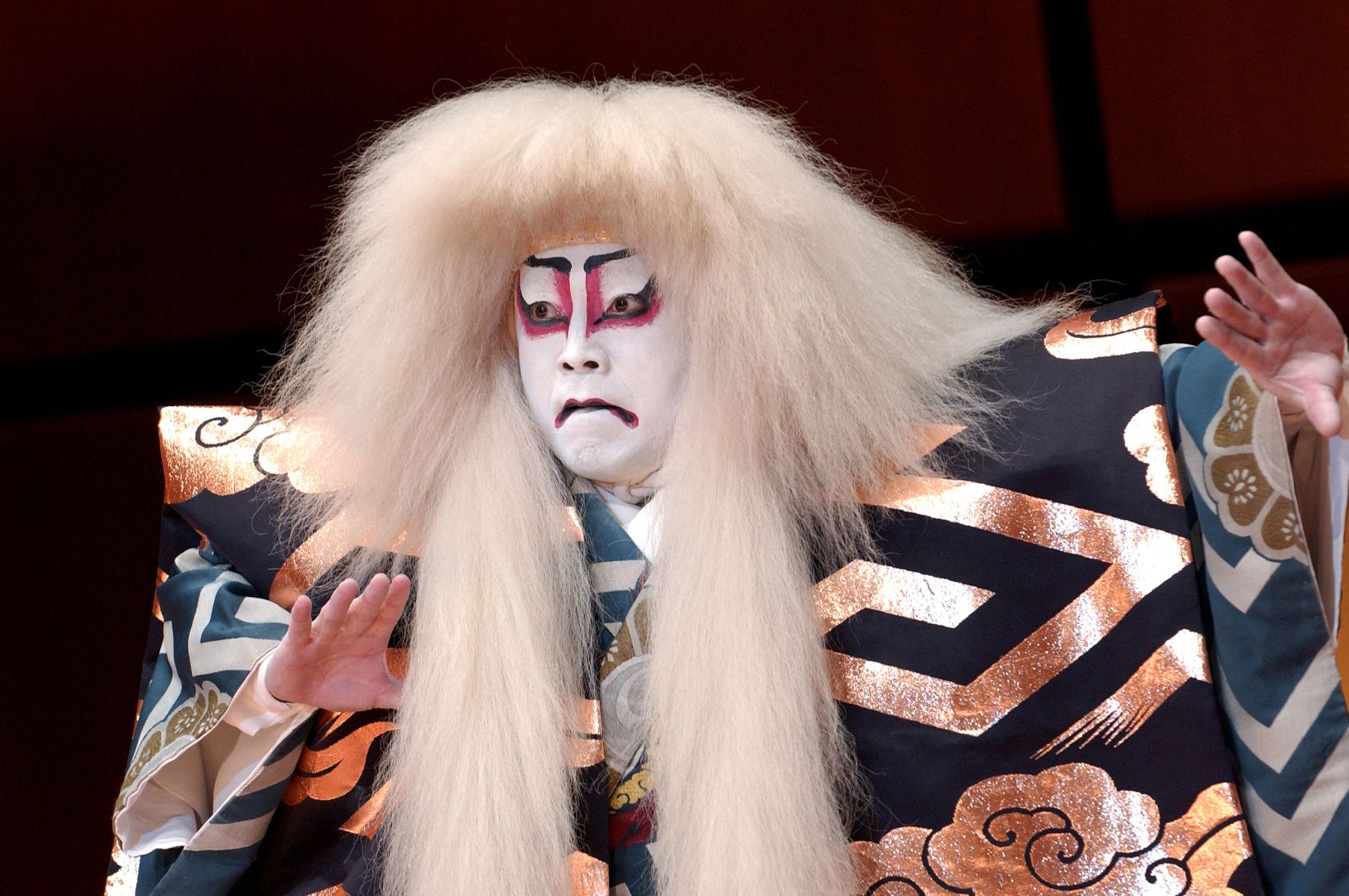
Tradicional danza japonesa Kabuki es presentada hoy Noticias Agencia Peruana de Noticias Andina
Kabuki (歌舞伎 kabuki) is a form of traditional Japanese theater. Kabuki theater is known for the stylization of its drama and for the elaborate make-up worn by its performers. A rich blend of music, dance, mime, and spectacular staging and costuming, it has been the chief theatrical form in Japan for almost four centuries.
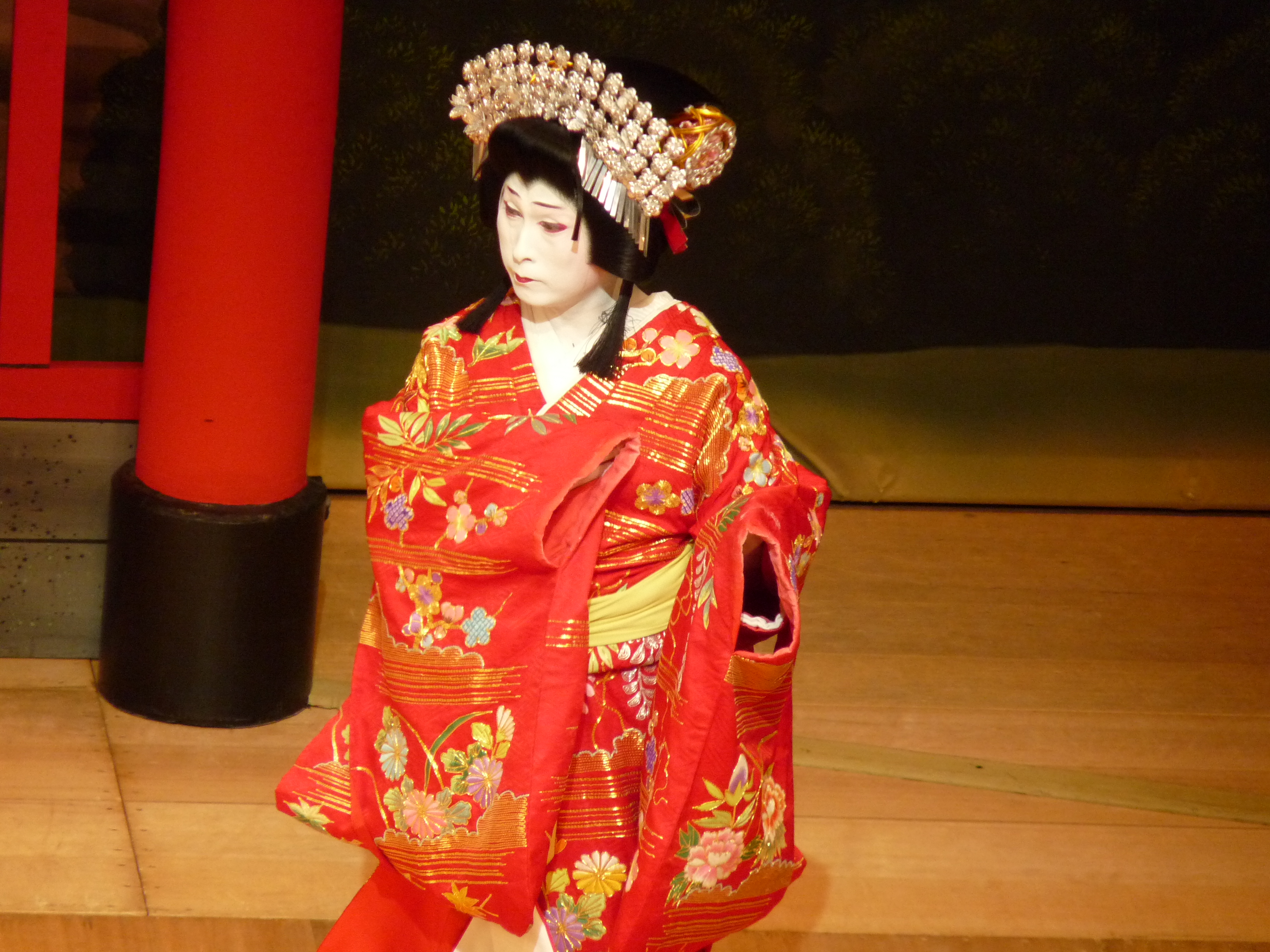
Kabuki Theater Tickets at New National Theatre Tokyo, Things To Do in Tokyo JAPAN hisgo Japan
Kabuki performances are a key aspect of Japanese tradition. It has represented Japan worldwide and holds its place in the central town, Ginza. For those who are short on time, visiting the galleries is an option, and for those who have the time, watching a kabuki performance is strongly recommended. You will be opened up to a world never seen.
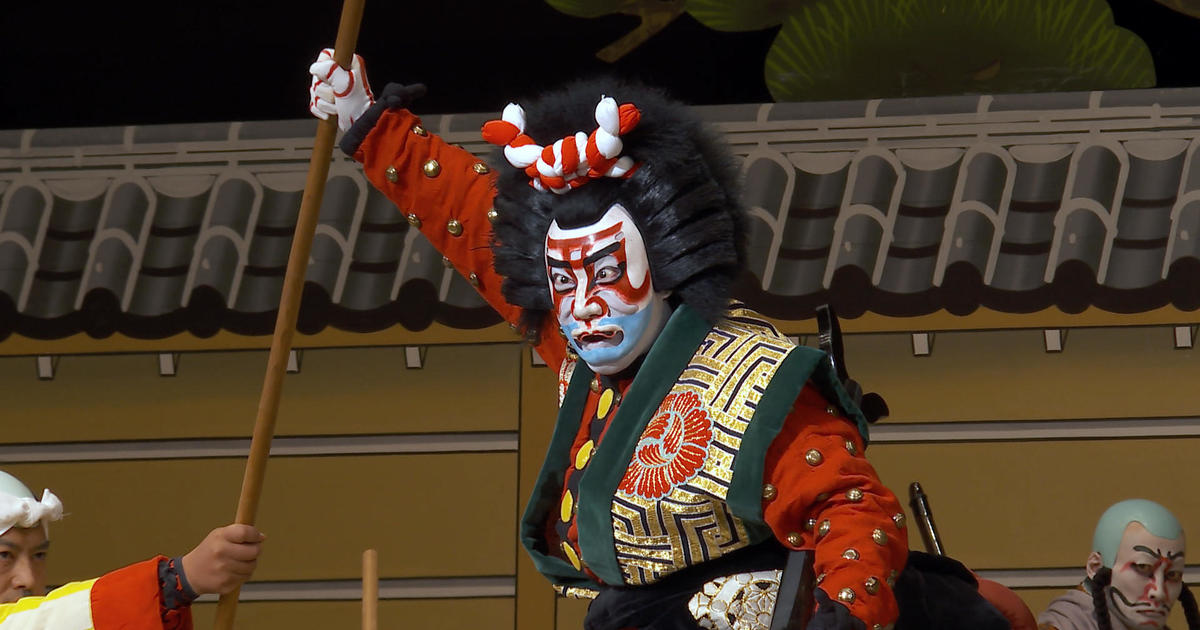
Kabuki Inside the Japanese artform with its biggest star, 60 Minutes CBS News
Keyakinan agama Aura Kabuki adalah Buddha. Beralih berapa umur Aura Kabuki saat ini sudah berjalan 19 tahun dan tanggal lahir ulang tahun pada 1 Januari 2003. Nama pacar Aura Kabuki jika dilihat dari unggahannya belum ada alias jomblo, sebab tidak ditemukan publikasi dengan caption spesial.

The Origins of Kabuki Theater Kabuki, Japan art, Japanese culture
Japanese. Subject. "blood revenge". Setting. Yoshiwara. Sukeroku (助六由縁江戸桜) is a play in the Kabuki repertoire, and one of the celebrated Kabuki Jūhachiban ("Eighteen Great Plays"). The play is known in English as The Flower of Edo . The play is strongly associated with the Ichikawa Danjūrō family of actors.

Kabuki With Bando Kotoji at Japan Society The New York Times
Establishment of aragoto. About 100 years after the emergence of the kabuki-odori, which was around the start and end of the Genroku period (late 17th to early 18th centuries), major cities had formed in Edo (present-day Tokyo) and kamigata (Kyoto and Osaka area), and the townspeople there were continuously creating their own culture and arts.

Japanese Kabuki a photo on Flickriver
The July 1858 production of Shibaraku at the Ichimura-za theater theatre in Edo. Triptych woodblock print by Utagawa Toyokuni III. Onoe Kikugorō VI as Umeō-maru in Sugawara Denju Tenarai Kagami. Kabuki (歌舞伎, かぶき) is a classical form of Japanese theatre, mixing dramatic performance with traditional dance.Kabuki theatre is known for its heavily stylised performances, its glamorous.
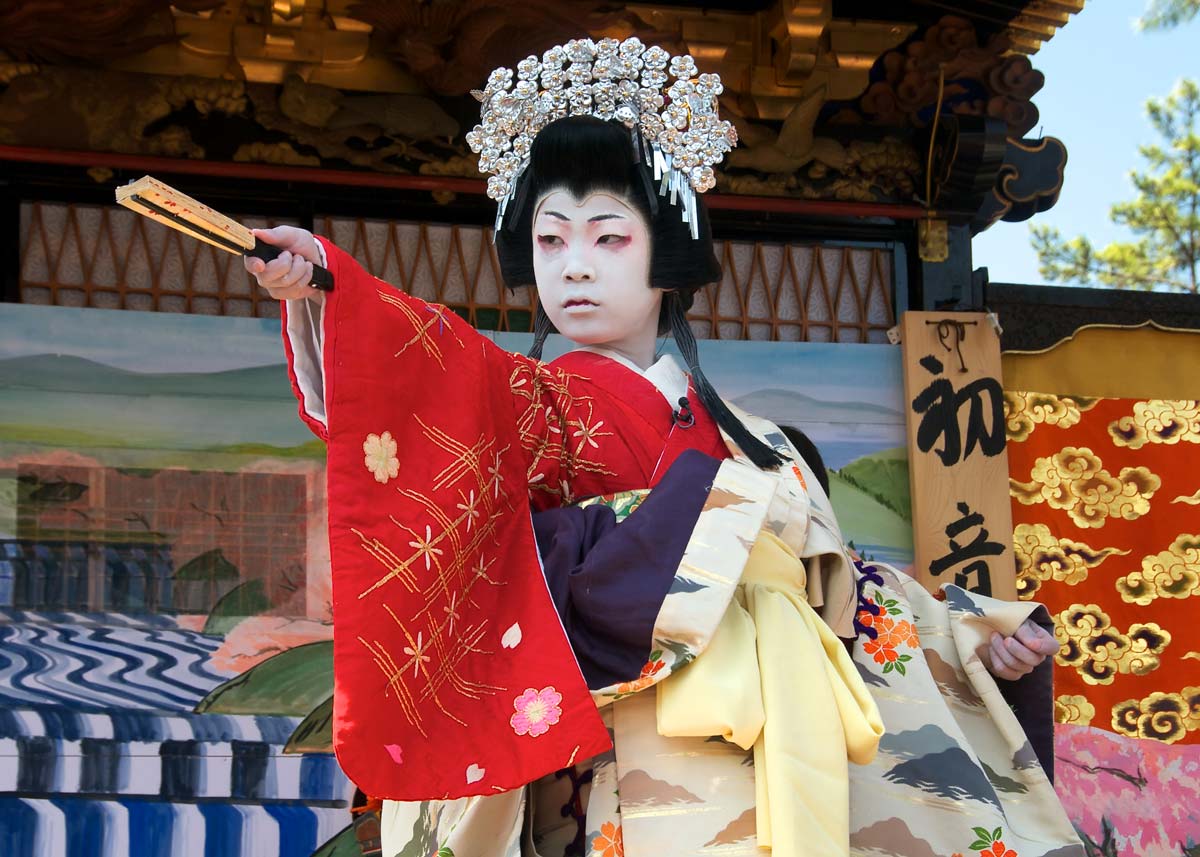
What is Kabuki? 8 Things to Know About Kabuki Theater
Kabuki 歌舞伎 is a form of traditional Japanese performing arts created in the early 1700s by Izumo no Okuni, a shrine maiden of Izumo Taisha. Her female-only troupe who performed kabuki-odori 歌舞伎踊り was a huge success and appealed to the masses. Its popularity inspired other women to jump on the bandwagon, creating their own.
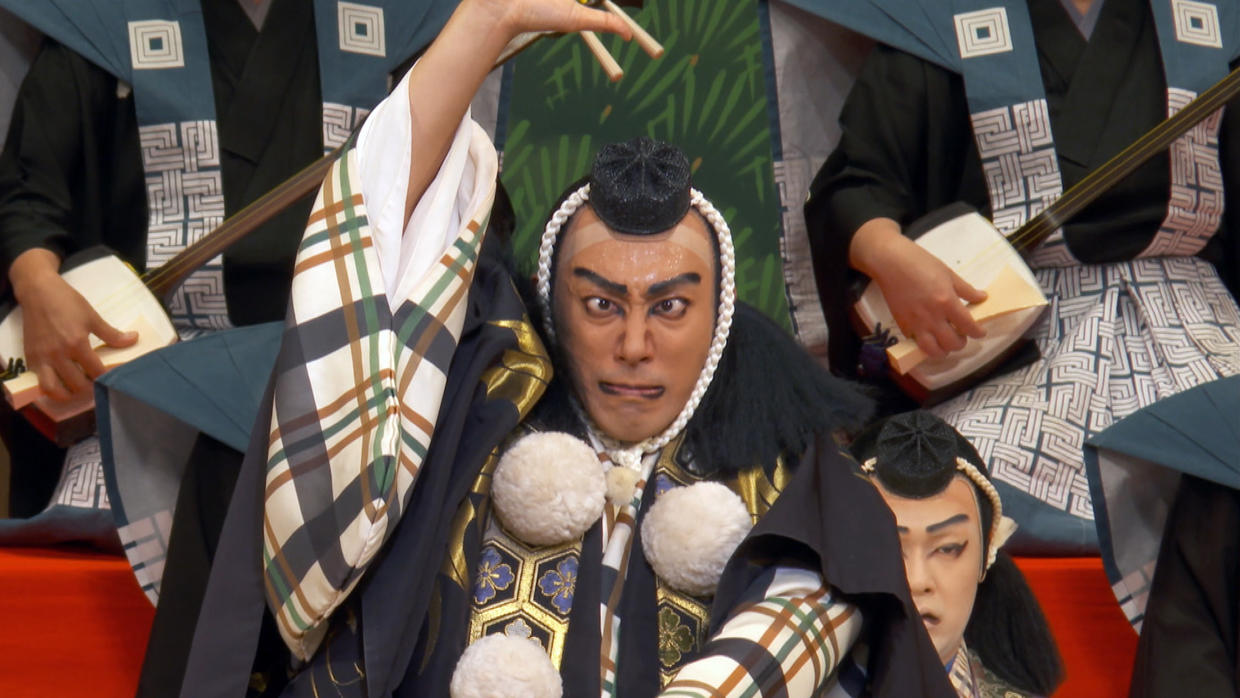
Kabuki Inside the Japanese artform with its biggest star, 60 Minutes CBS News
Kabuki-odori was a dance that came into style at the time, incorporating the costumes and movements of the kabukimono who dressed in strange-looking costumes and moved in an odd way. This performing art used song and dance to play out scenes where female actors dressed as men visited teahouses and frolicked with the women there.

Review ‘Kabuki Dance’ gives glimpse at traditional Japanese values The Washington Post
Ini dia biodata dan profil AURA Kabuki yang disajikan lengkap dengan umur, agama, dan kariernya. 1. Karier AURA Kabuki di dunia game. AURA Kabuki diketahui sudah bermain game sejak lama. Ia sering mengikuti turnamen di kampung halamannya, Medan. Dari situlah, AURA Kabuki berniat untuk terjun ke dunia game secara profesional..
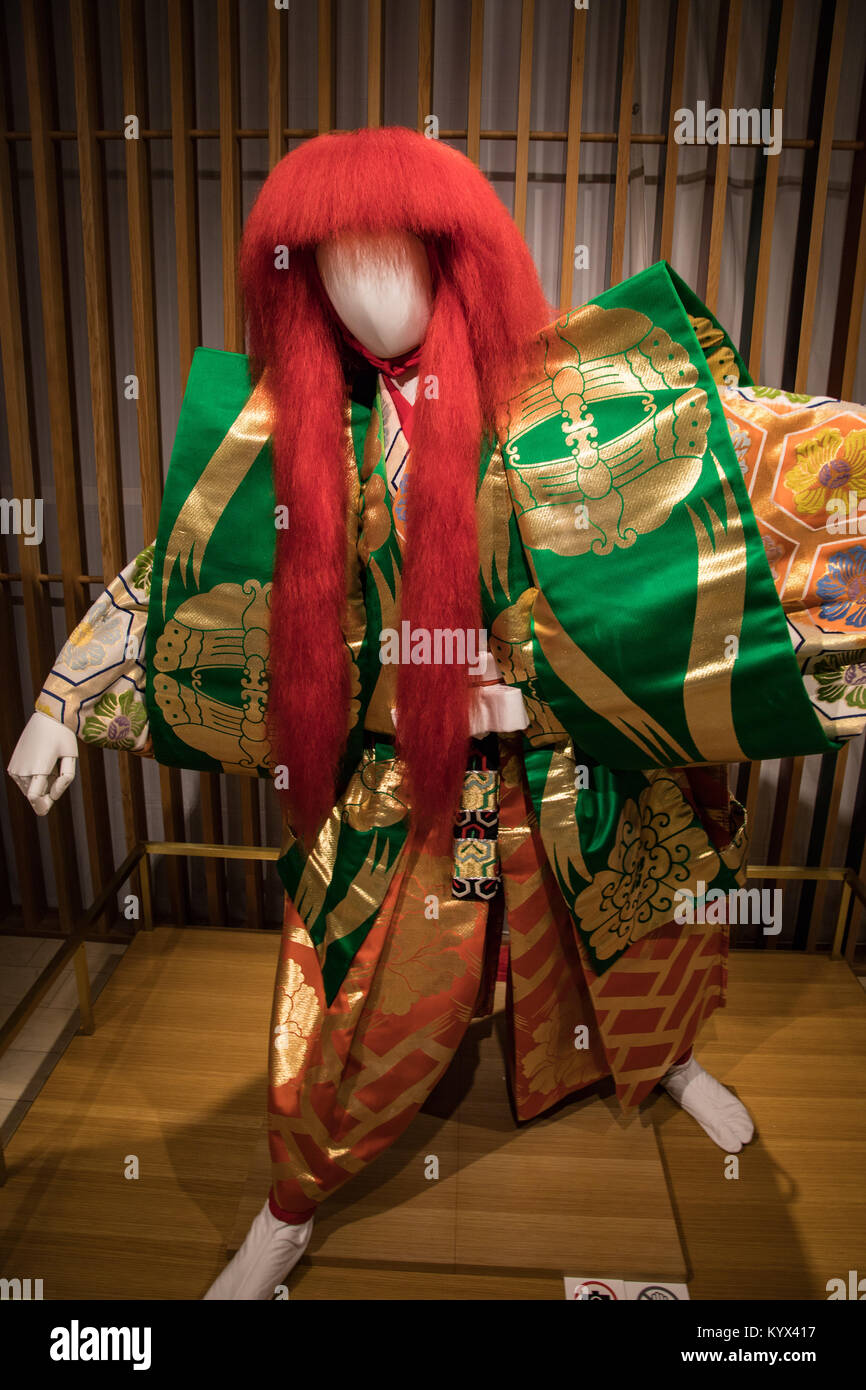
Kabuki Costume Kabuki is a traditional Japanese form of theater developed during the Edo
Kabuki is a type of Japanese theater that is well-known for its glamorous costumes and heavily-stylized performances. As a traditional Japanese style of dance-drama, it is known to have originated in the early Edo period. Contents show. A few things have changed since then yet it remains popular. If you can, try to catch a performance but do.
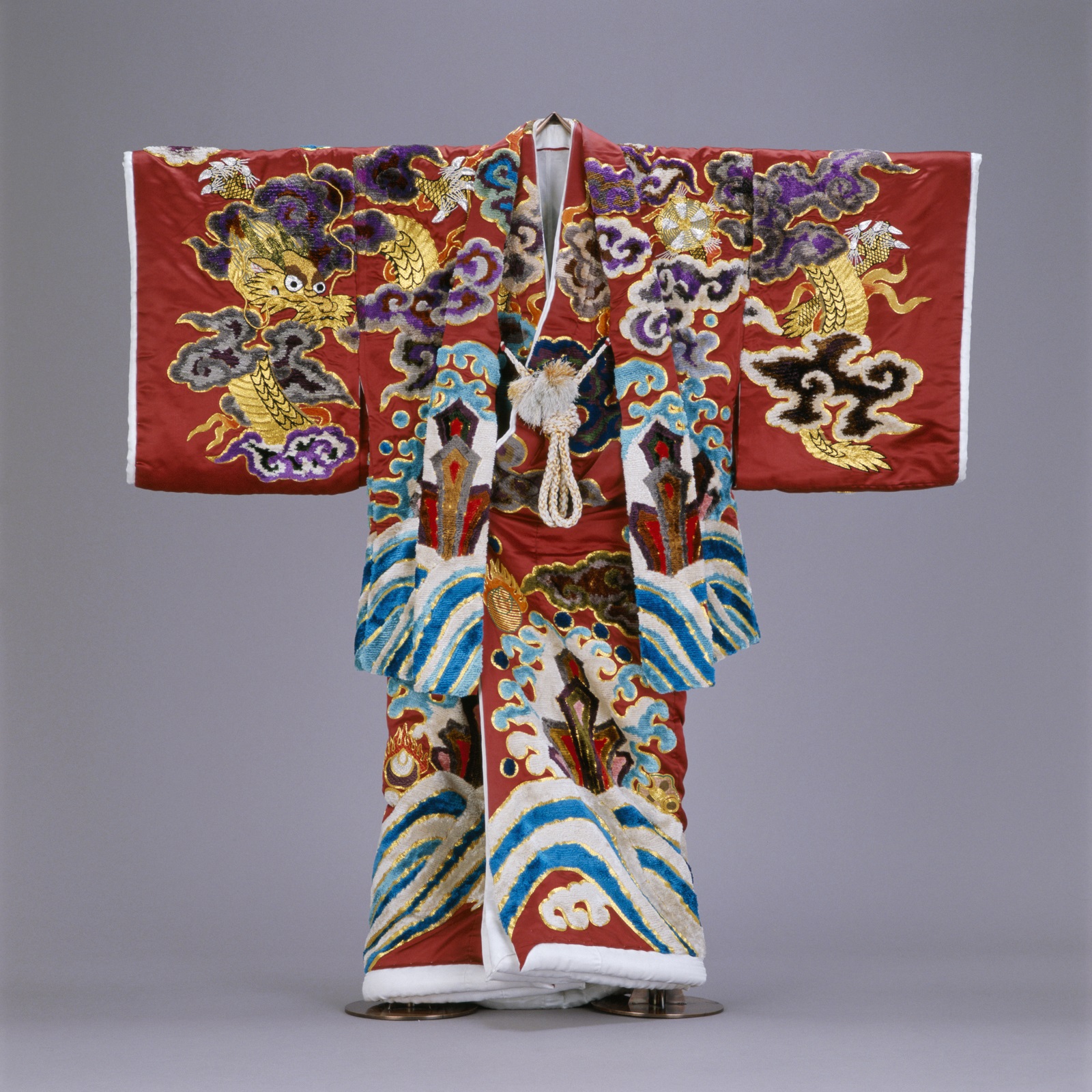
Kabuki Costume Presentation by Shochiku Costume Co. Ltd. Portland Japanese Garden
The Japanese dance and theater art of kabuki, derived from the word kabuku, meaning "out of the ordinary," can be traced back to the streets of seventeenth-century Kyoto. Kabuki became a dramatic art for the common people, with its use of makeup and facial expressions rather than masks, as well as a playful take on current events. Amanda Mattes tracks the evolution of kabuki and its place in.

Kabuki The Actor Danjuro Kabuki costume, Japanese culture, Japan
Kabuki, traditional Japanese popular drama with singing and dancing performed in a highly stylized manner. A rich blend of music, dance, mime, and spectacular staging and costuming, it has been a major theatrical form in Japan for four centuries. The term kabuki originally suggested the unorthodox and shocking character of this art form. In modern Japanese, the word is written with three.
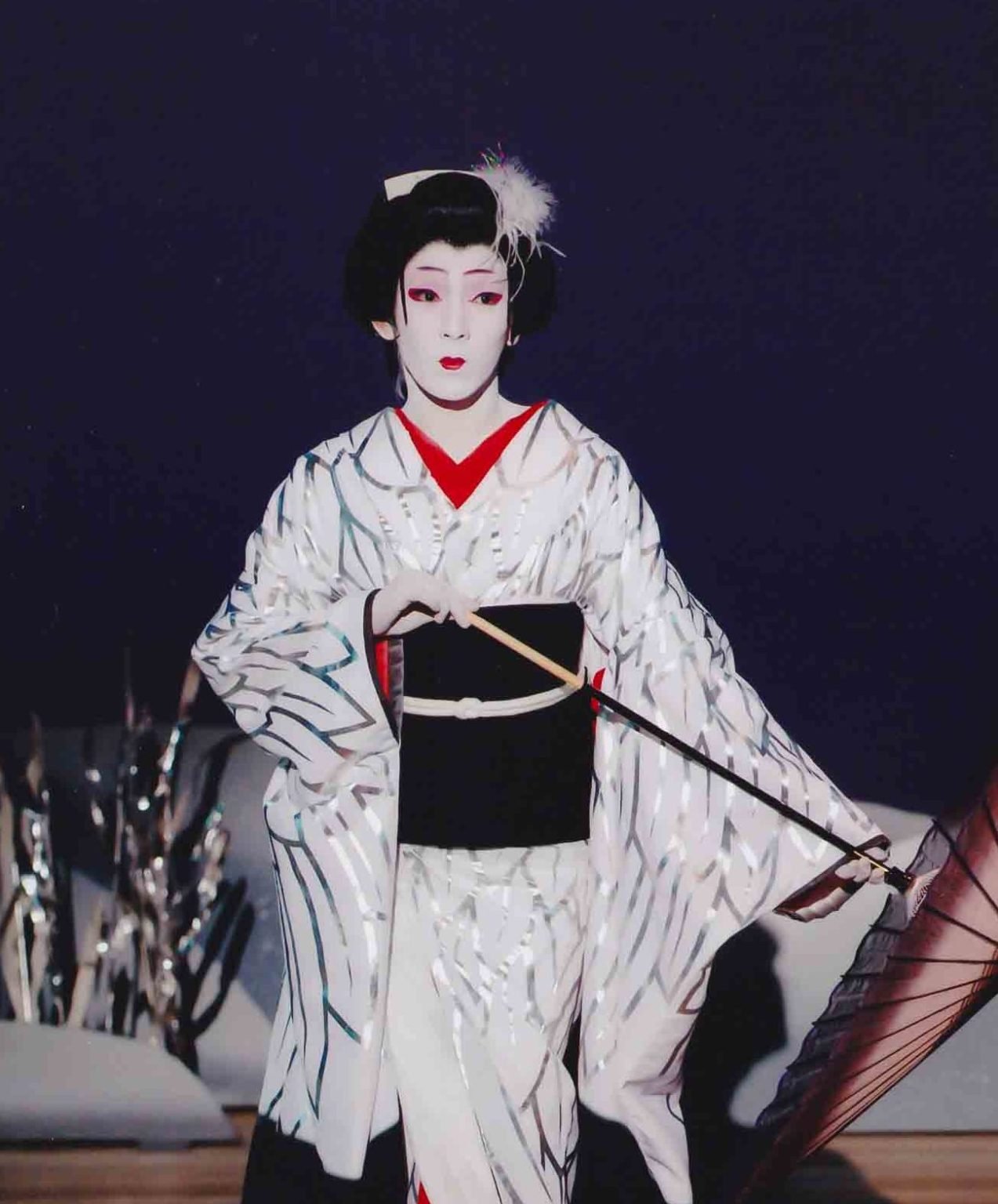
Kabuki's Origin History of Kabuki in the Japanese Culture
Kabuki (歌舞伎 ) adalah seni teater tradisional khas Jepang. Aktor kabuki terkenal dengan kostum mewah dan tata rias wajah yang mencolok. Kementerian Pendidikan Jepang menetapkan kabuki sebagai warisan agung budaya nonbendawi. UNESCO juga telah menetapkan kabuki sebagai Karya Agung Warisan Budaya Lisan dan Nonbendawi Manusia .
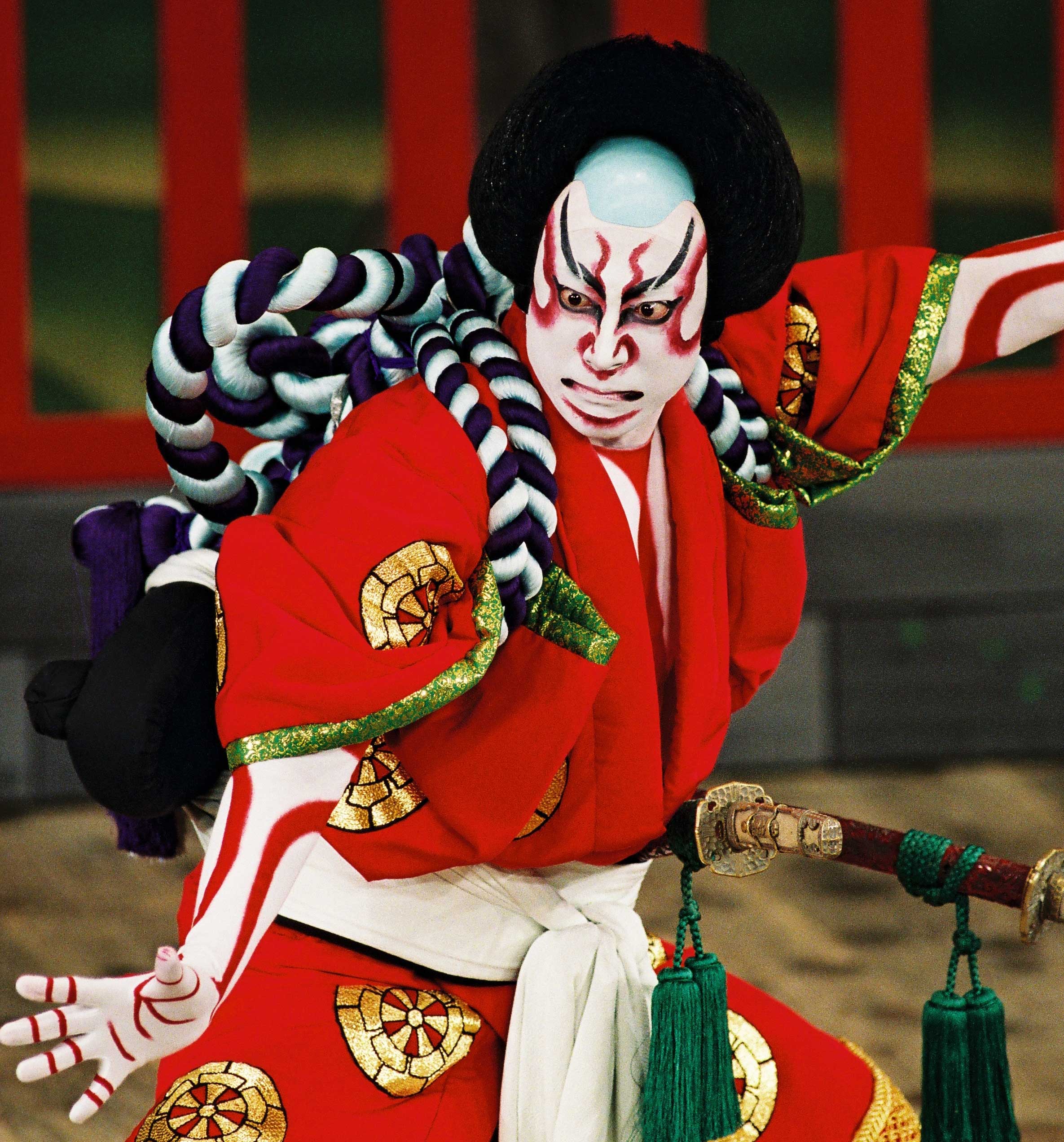
Kabukiza Theatre, on one page charms and highlights quickly, Tokyo Fantastic places in cool Japan
18 August 2016. Kabuki is stylized Japanese theater, known for its elaborate drama, makeup and costumes. The performances feature exciting stories rich in drama, feats of superhuman strength, and spectacular stage effects. It's entertaining and bizarre in equal proportions and amusing even to those who can't speak a word of Japanese.

Japanese Kabuki Art Wallpapers Top Free Japanese Kabuki Art Backgrounds WallpaperAccess
Both onnagata and wakashū (or wakashū-gata ), actors specializing in adolescent female roles (and usually adolescents themselves), were the subject of much appreciation by both male and female patrons, and were often prostitutes. All-male casts became the norm after 1629, when women were banned from appearing in kabuki due to the prevalent.

Performance Odori The World of Kabuki Dance Kabuki dance, Cultural dance, Geisha girl
Kansai Kabuki is a Kabuki developed in Kyoto and Osaka. Kamigata Kabuki is the collective name for forms, technique, direction, performing method, program, theatrical world and other aspects of Kabuki that have been developed centered on Osaka and Kyoto. It is often mentioned as an art comparable with Edo Kabuki (Kabuki of old Tokyo).